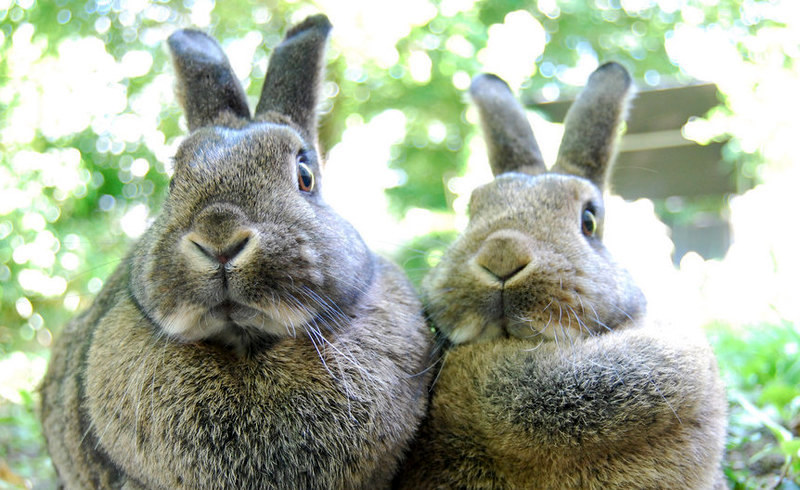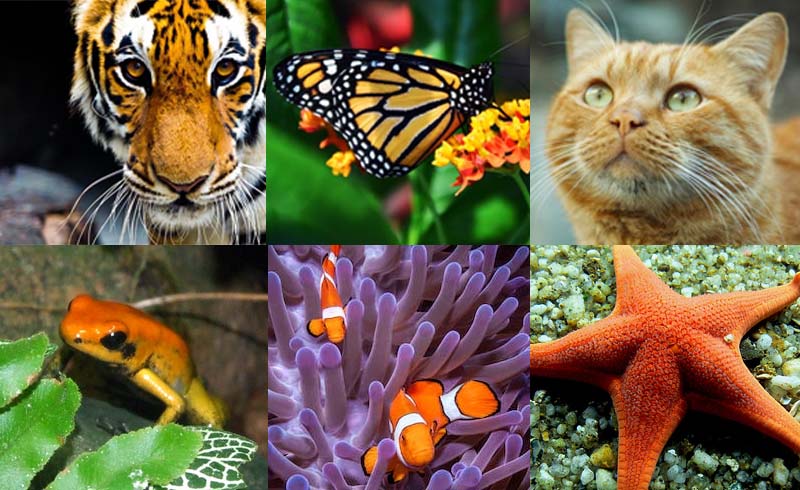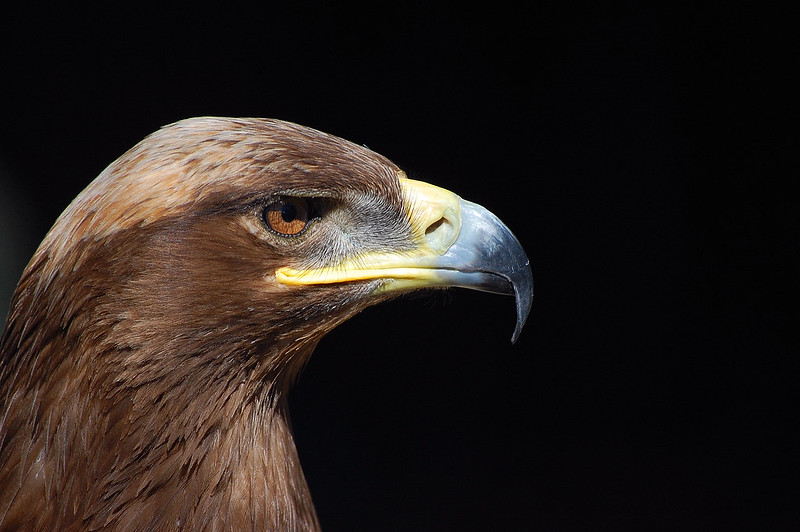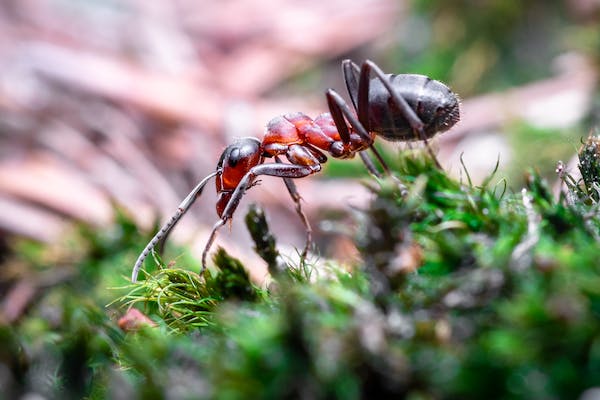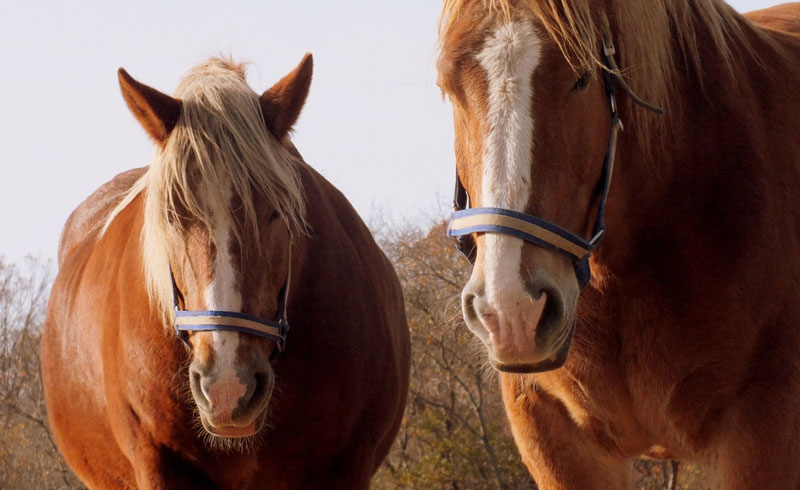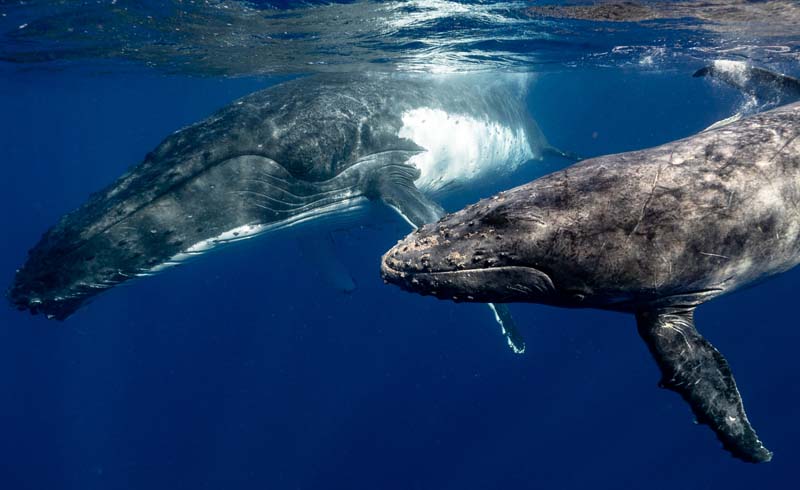Rabbits are popular pets in numerous parts of the world, and it isn’t hard to see why. They’re cute, they’re fluffy and they can make for great companions. They can also live for a long time when under the care of human beings.
In the wild, however, their lives are often cut drastically short, from as little as half a year to as many as seven years. This is roughly half of the ten to fifteen year lifespan of rabbits that live as pets or otherwise in captivity. Let’s look a bit more deeply into what factors are in play in determining how long a rabbit can survive.
In the Wild vs. In Captivity
Rabbits are small and very quick, but despite this they are often preyed upon by carnivorous creatures in their environment. Not only must they evade predators to stay alive, but they must also compete with one another for food, water and shelter. That is a lot for them to worry about, and it makes it unsurprising that they don’t live for very long when exposed to all of these factors.
When taken in as pets, all breeds of rabbit will live longer and likely healthier lives. This is because in a home environment like yours or mine, they don’t have to worry about predators who want to eat them. They have caregivers and loving humans to bring them food and water, to clean their habitat and provide them with affection and stimulation. Many rabbit owners also adopt two or more of these social creatures and are willing to devote the time and energy necessary to ensure that they socialize properly.
In the wild, most rabbits will not even live to one year old. When they do, their lifespan will typically end by year six or seven. However when a rabbit of any breed is brought into a home and taken care of by people, its lifespan jumps up dramatically. To give you a clearer understanding of what this means for different breeds, let’s look at the average lifespan of numerous rabbit breeds.
- Dwarf rabbits: 8+ years
- Giant rabbits: 5-6 years
- Rex rabbits: 5-6 years
- New Zealand rabbits: 5-7 years
- Mini lop rabbits: 9-10 years
- Holland lop rabbits: 5-7 years
- Himalayan rabbits: 8+ years
- Lionhead rabbits: 7-9 years
- Polish rabbits: 8-10 years
The Importance of Spaying/Neutering
Nearly all breeds of rabbit can outlive the lifespan outlined above if they are spayed or neutered by their care providers in a timely fashion. Not only does “fixing” your rabbit(s) result in less aggressive behavior, but it also helps to keep certain medical concerns at bay or even nonexistent.
It isn’t at all uncommon for intact female rabbits to be diagnosed with infections or diseases of the uterus and ovaries, as well as mammary cancer. Uterus and ovarian problems can be eliminated entirely if spaying occurs before the rabbit goes into her first heat (the period of time in which she becomes receptive to mating). The risk of mammary cancer is also reduced significantly in this case as well. Many female rabbits that are not spayed will die between three and five years of age due to reproductive organ cancers or infections.
Male rabbits are susceptible to testicular cancer and are made especially vulnerable to urinary tract issues if they are left intact. They are also more likely to die due to prostate disease.
Rabbits make for wonderful companion animals, and you probably want your fluffy friend to live as long as possible. Spaying or neutering your rabbit(s), making sure that they have adequate access to food, water and shelter and keeping them well socialized will keep them around for much longer than if they were left to their own devices.
